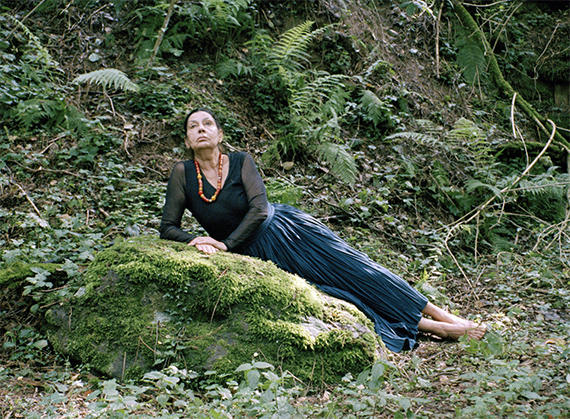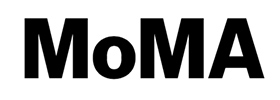
Jean-Marie Straub & Danièle Huillet »
Retrospective of the films of Jean-Marie Straub and Danièle Huillet
Exhibition: 6 May – 6 Jun 2016

MoMA - The Museum of Modern Art
11 West 53 Street
NY 10019-5497 New York
+1-212-7089400
Wed-Mon 10:30-17:30 . Fri 10:30-20
MoMA presents the first complete North American retrospective of the films of Jean-Marie Straub and Danièle Huillet, who together formed one of the most intense, challenging, and controversial collaborations in the history of cinema. Straub (French, b. 1933) and Huillet (French, 1936–2006) were inseparable partners from 1954 until Huillet’s death, working intimately on every aspect of film production, from script writing to direction to editing.
Straub-Huillet created highly personal film interpretations of profoundly ambitious art: stories by Böll, Kafka, Duras, and Pavese; poems by Dante, Mallarmé, and Hölderlin; a long-forgotten Corneille play, an essay by Montaigne, a film by D. W. Griffith, a painting by Cézanne, an unfinished opera by Schöenberg; and the biography of Johann Sebastian Bach as told through the (fictionalized) letters of his wife Anna Magdalena. They sought to make what Straub called “an abstract-pictorial dream” while remaining rigorously sensitive to the letter and spirit of the text, and to the relationship between sound and image. At the same time, all of Straub-Huillet’s films are political, whether obliquely, in reflecting on the lessons of history and advancing a Marxist analysis of capitalism and class struggle; or overtly, in considering ancient and contemporary forms of imperialism, militarism, and resistance, from Ancient Rome to colonial Egypt to wartime Germany. They aspire to nothing short of a revolution in political consciousness, especially among workers and peasants, the colonized and the exploited.
At 83, Straub continues to make films that never waver from his commitment to the subversion of all forms of cinematic convention, whether through the use of direct sound, disjunctive editing, amateur actors, and a foregrounding of the natural landscape; fragmentary and elliptical narratives spoken in various languages; Brechtian estrangement; on-location shooting of ancient texts in contemporary, anachronistic settings (for example, on the ground where the Circus Maximus once stood); and a privileging of musical and poetic rhythms and structures over the decorative, the spectacular, the psychological, and the satirical. Dialogue is shorn of emotion, and images are deliberately unflashy. “The work we have to do,” Straub insists, “is to make films which radically eliminate art, so that there is no equivocation.”
Introductions by noted Straub-Huillet collaborators take place during the retrospective’s opening weekend. Unless they are listed as 35mm, films are presented in new digital preservations overseen by Straub, Olivier Boischot, and Barbara Ulrich.
Organized by Joshua Siegel, Curator, Department of Film.